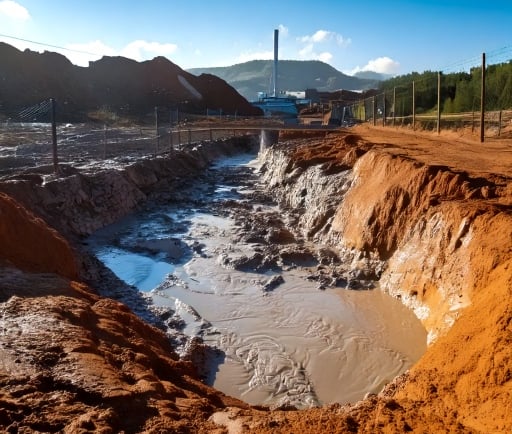Revolutionizing Earthquake Resistance: The Role of Colloidal Silica from Geothermal Waste


Introduction to Geothermal Waste Utilization
The Shibaura Institute of Technology is making significant strides in the field of earthquake resilience by developing innovative methods for harnessing geothermal waste. One notable advancement involves the conversion of waste fluids from geothermal plants into a sustainable material known as colloidal silica. This groundbreaking process not only addresses environmental concerns but also enhances soil strength, thereby providing vital earthquake resistance.
Colloidal Silica: A Super Grout Solution
Colloidal silica, derived from geothermal fluids, is a unique substance that acts as a super grout. This material is created by recovering silica from wastewater generated during the geothermal energy extraction process. By processing these waste fluids, engineers at the Shibaura Institute of Technology have discovered that colloidal silica possesses remarkable properties necessary for strengthening soil structures. As a result, this innovation can significantly boost earthquake resistance by up to 50%.
The Importance of Enhanced Earthquake Resilience
Earthquakes pose serious threats to infrastructure and safety globally. Enhancing earthquake resilience is imperative, especially in regions prone to seismic activity. By utilizing colloidal silica, the Shibaura Institute not only addresses the challenges posed by natural disasters but also promotes sustainable practices in engineering. This solution provides dual benefits: improving the structural integrity of buildings and repurposing geothermal waste, thus contributing to a reduction in environmental impact.
Through the integration of colloidal silica into construction practices, we can expect to see a significant reduction in damage caused by seismic events. The advancements made by the Shibaura Institute of Technology represent a crucial step forward in both material science and civil engineering, illustrating how innovation can lead to safer and more resilient communities.
